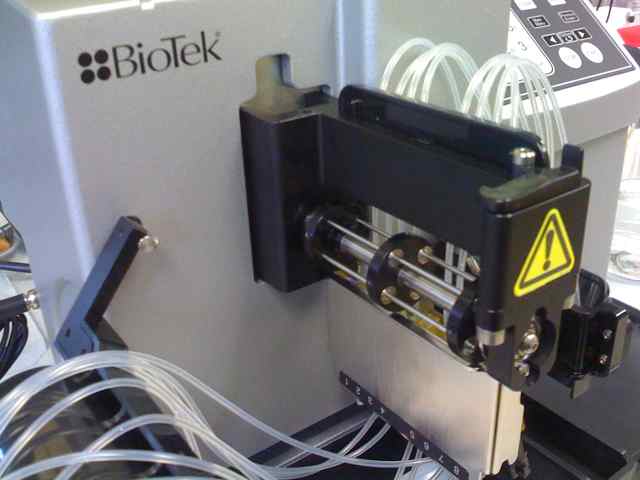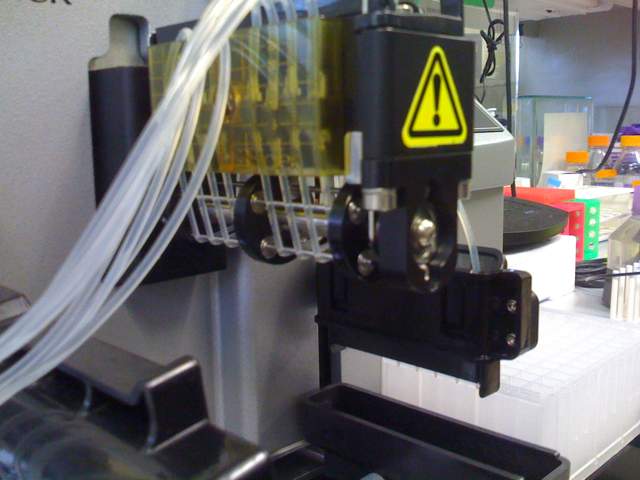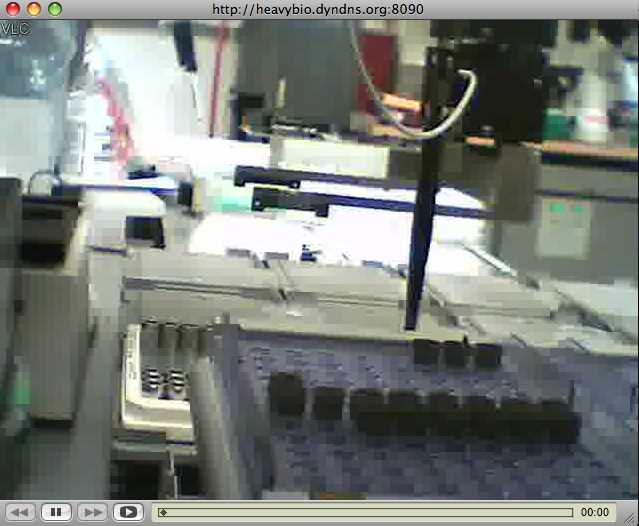“Despite all the support and money evident in the projects, there is absolutely no reason this work could not be done in a garage. And all of the parts for these projects are now available from the Registry.” — Rob Carlson, iGEM 2008: Surprise — The Future is Here Already, Nov 2008.
The question which should be posed is:
- What does it really take to actually do this in a garage?
Of course I’m interested in the answer. I actually want to do this in my garage.
(Let’s ignore the fact for a moment, that many of the iGEM competition projects don’t generate experimental results due to lack of time in the schedule, thus actual project results don’t mirror the project prospectus.)
Here is my short list of what is required:
- Education (all at university level)
- Experience
- 1 year of industry or grad-level engineering lab research & design
- 1 year of wet lab in synthesis
- 2 more years of wet lab in synthesis if it’s desired to have a high probability of success on the project (see my SB4.0 notes for where this came from)
- Equipment
- Most lab equipment is generally unnecessary, since significant work can be outsourced.
- Thermocycler
- Incubator
- Centrifuge
- Glassware
- Example setup: See Making a Biological Counter, Katherine Aull, 2008. (Home bio-lab created for under $500.)
- Laptop or desktop computer
- Internet connection
- Capital
- About $10k to $20k cash (?) to throw at a problem for outsourced labor, materials, and equipment (this cost decreases on a yearly basis).
- Time (Work effort)
- Depends on experience, on the scope of the problem, on project feasibility — of course.
- 4 to 7 man-months to either obtain a working prototype or scrap the project.
Although some student members of iGEM teams are random majors such as economics or music, somehow I’m not sure they qualify towards the “anyone can do this” mantra. Of the iGEM competition teams who placed well for their work, all of the members were 3rd year or 4th year undergrads or higher. The issue isn’t the equipment or ability to outsource — it’s the human capital, the mind-matter, that counts: education and experience. (Which, in the “I want to DIY my Bio!” crowd, is a rare find.)
With all that covered, it seems anyone can have their very own glowing bacteria.
“Biology is hard, and expensive, and most people trained enough to make a go of it have a lab already — one that pays them to work.” — Katherine Aull (see above ref.)





